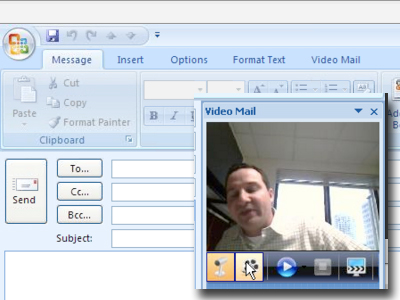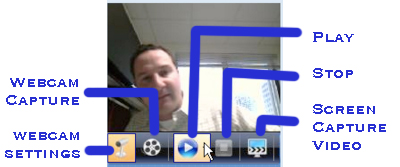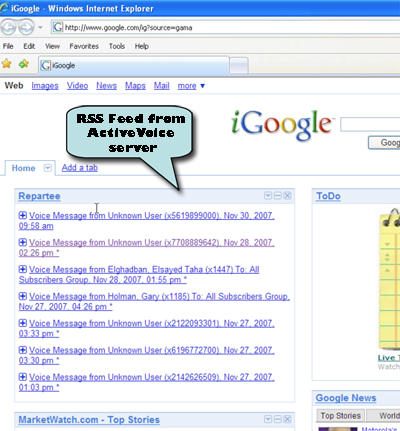ActiveVoice Goes Active Video
 ActiveVoice, the messaging arm of NEC has a spectacular history of innovation and strong market acceptance. Not unlike other leaders, ActiveVoice can trace its origin to a time some 25 years ago. In that time, ActiveVoice developed Reparte, Kenesis and Seven, three product sets to address different channels and markets.
ActiveVoice, the messaging arm of NEC has a spectacular history of innovation and strong market acceptance. Not unlike other leaders, ActiveVoice can trace its origin to a time some 25 years ago. In that time, ActiveVoice developed Reparte, Kenesis and Seven, three product sets to address different channels and markets.
In 1999, Cisco acquired Unity (the original Cisco CallManager messaging application) from ActiveVoice and later sold the company to NEC. Today, the company has achieved the third highest market share of any application after Nortel and Avaya, counting some 200,000 systems deployed. With products OEM'd to NEC, Philips and Taduran ActiveVoice participates in a solid deal flow through 400 dealers in America and 300 VARs in Europe and Asia. And with headquarters in Seattle and 50 developers in Rumania, the company has access to a ready market of engineering resources to innovate and develop new lines of capabilities.
In what started as a routine briefing earlier in the fall, the videomail application (above) really caught my eye and demanded a more indepth review.
 We talked with Eyal Inbar, the Marketing GM for ActiveVoice and developed a solid understanding of the features and power of the videomail client. It is packaged as an optional value added component with each of the messaging servers. The client uses the Microsoft Outlook toolbar APIs to allow users to deploy the client directly into desktop users email clients. As the control panel on the left shows, the usual webcam capture, playback and stop features are pretty self-evident.
We talked with Eyal Inbar, the Marketing GM for ActiveVoice and developed a solid understanding of the features and power of the videomail client. It is packaged as an optional value added component with each of the messaging servers. The client uses the Microsoft Outlook toolbar APIs to allow users to deploy the client directly into desktop users email clients. As the control panel on the left shows, the usual webcam capture, playback and stop features are pretty self-evident.
The engineering team also included a screen capture video mechanism so that the IT department for example, can train users on the specific clicks and commands to enable some important capability (Windows Security Patch, for example). The mouse traction and displays are shown together with the recorded audio.
Also, the videomail application uses SMTP and Outlook to send messages to the target user as two attached files – one a *.wmv and the other a *.wav file. That way, a mobile user or a phone can play the audio message. If an ActiveVoice system is involved in the message path (it also supports SMTP), the Message Waiting Indicator will be lit.
The video compression technique is quite strong, consuming about 500 kbytes per minute of video, making it suitable for most email systems. A video clip of 20 minutes would be 10 Mbytes, which is the most frequent file size limit. My limited experience suggests that there are only a few applications of 20 minute desktop videos that would be entertaining enough to surpass that threshold…
We also discussed the use of RSS feeds to integrate ActiveVoice voicemails into mashups such as iGoogle. The goal is to make voicemail as readily accessible as possible – wherever users want and need to manage their communications services.
Eyal agreed with me that voicemail ought to be minimized and the vendor should do everything possible to assure a person-person connection. Whenever a voicemail is recorded, it should be readily presented to users using convenient methods.
Using videomail as an extension of voicemail is something that will appeal to the SMB market. These organizations have been leaders in adopting desktop video conferencing and are keenly interested in exploiting these 'Web 2.0' productivity enhancing features, such as the RSS publishing and video mail.
Going Forward
No doubt, the folks at the leading room-based video conferencing equipment manufacturers will be building mechanisms to emulate this functionality in their video servers. They have demonstrated auto attendant type functionality, and doing the video equivalent of voicemail is probably the next step for them too. These folks may be a new channel for ActiveVoice? Hmmm.
This post has already been read 0 times!
Edit
